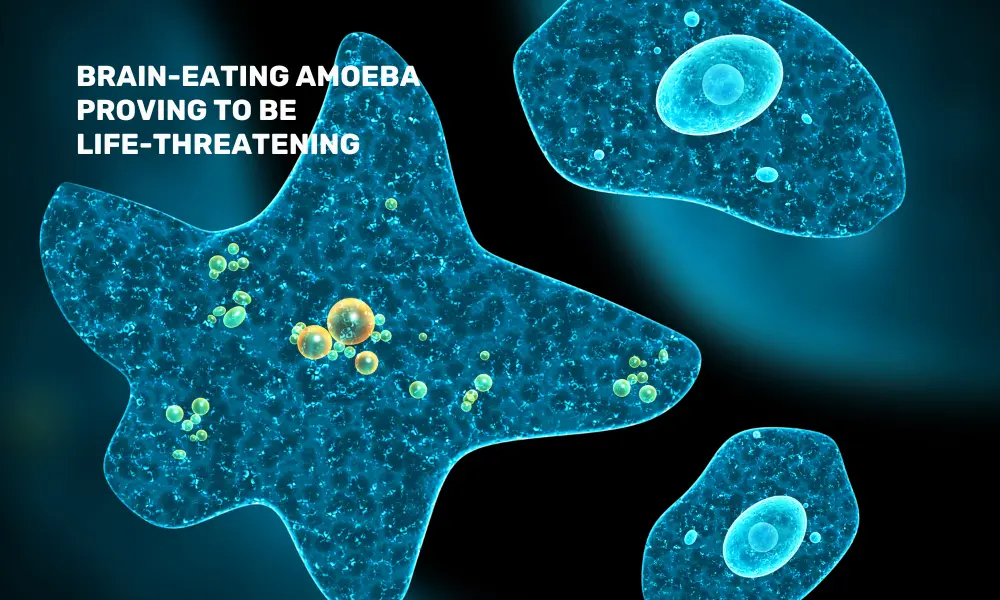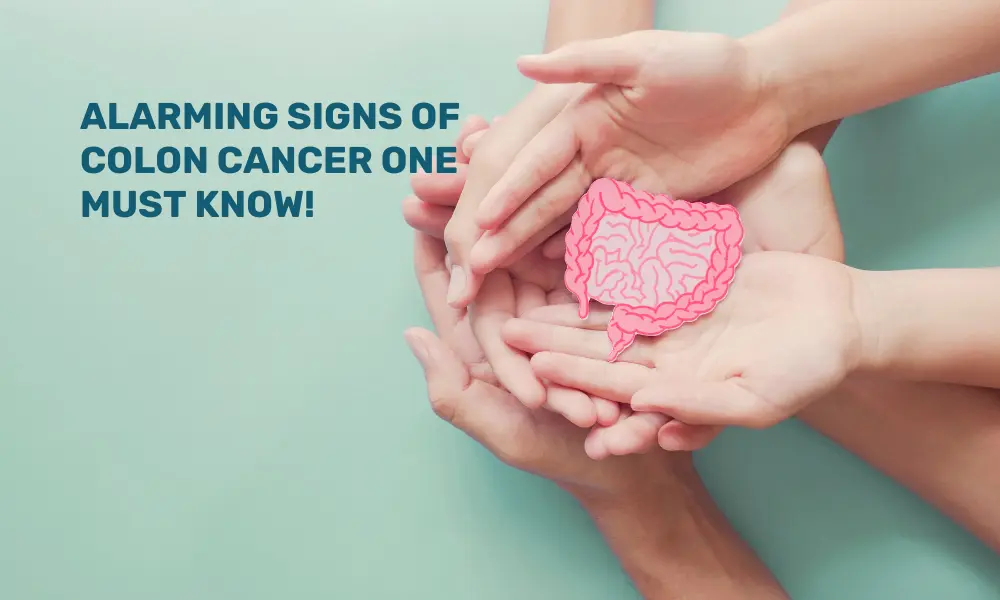The recent healthcare concern from Kerala brings focus to the deaths of three children due to an infection caused by the brain eating amoeba called Naegleria fowleri.
Recent Incidents
Over the past two months, four cases of primary amoebic meningoencephalitis (PAM) have been diagnosed, three of which were fatal, according to the local healthcare institutes in Kerala. Its fulminant progression caused these deaths, the high mortality rate (around 90-95%), and the lack of established or effective treatment. It is pertinent to raise awareness.
All about the Brain Eating Amoeba
Primary amoebic meningoencephalitis, or PAM, is a rare but severe infection caused by Naegleria fowleri, a free-living amoeba that thrives in warm freshwater environments such as lakes, ponds, and poorly maintained swimming pools.
The amoeba enters the body through the nostrils, typically when individuals swim or dive in contaminated water. Once inside the human body, it travels to the brain, causing severe damage.
The high affinity to the brain and the rapid damage thereafter earned Naegleria the name ‘brain-eating amoeba. Initial symptoms often include fever, nausea, vomiting, headache, and neck stiffness. As the infection progresses, patients may experience confusion, altered behavior, seizures, and eventually coma and death.
Diagnosis of Brain Eating Amoeba
The diagnosis of PAM can be challenging due to similarity of its symptoms to other conditions, such as bacterial meningitisits.
High clinical suspicion, spinal fluid or CSF PCR, and CSF analysis for motile trophozoites, in addition to routine tests, can ensure a timely diagnosis.
Although there is no established treatment for PAM, some success has been observed with the administration of amphotericin B intravenously and intrathecally, along with azithromycin, miltefosine, and dexamethasone. However, the treatment’s efficacy remains uncertain.
Prevention
Prevention is crucial given the high mortality rate and lack of definitive treatment. Parents must be aware of a rare but potentially deadly risk of the brain-eating amoeba. Parents are advised to take the following preventive measures:
-
Monitor water activities closely.
-
Avoid allowing children to swim in warm freshwater bodies like lakes, ponds, and poorly maintained pools.
-
Clean children’s noses with hot water after swimming.
-
Ensure children wear nose clips to prevent water from entering their nasal passages.
If you suspect that your child may have been exhibiting symptoms of PAM, seek medical attention immediately. Inform the doctor about your child’s recent water activities, as this information can aid in prompt diagnosis and treatment.
Preventing infection by Naegleria fowleri primarily involves avoiding activities that involve exposure water to enter the nose. Public health recommendations include:
-
Using nose clips can be helpful underwater.
-
Avoiding swimming in warm freshwater during peak temperatures.
-
Avoiding disturbing sediment in warm freshwater.
While the risk of infection by Naegleria fowleri remains low, the potential consequences are devastating. Awareness and preventive measures are essential to safeguard against this rare but deadly threat. By understanding the risks and taking appropriate timely precautions, families can enjoy water activities safely while minimizing the danger of encountering this deadly amoeba.





